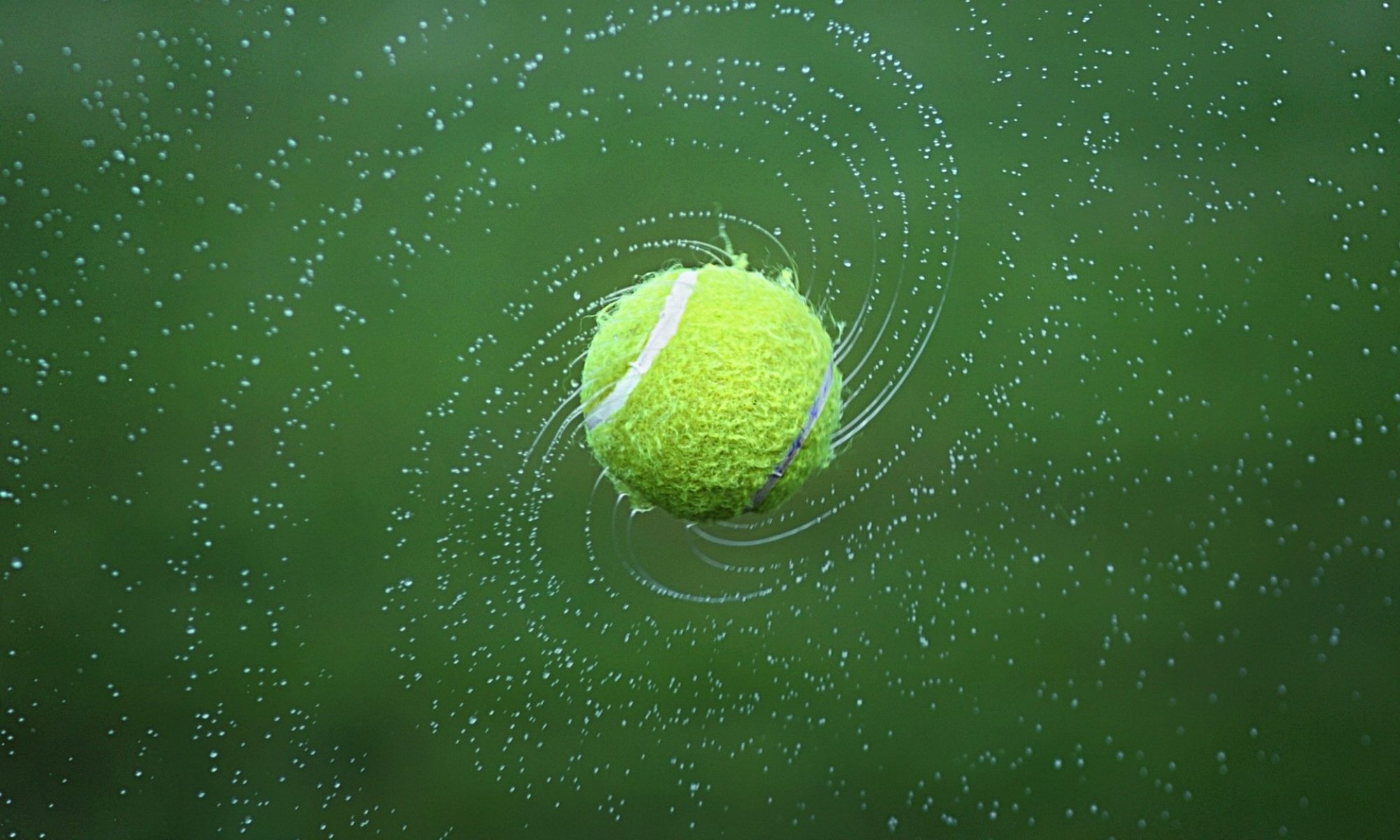Through the years I’ve given lots of tips regarding specific strokes and tactics. I think it’s good, once in a while, to step back, get general, and look at the basics. Below are some basics to the main strokes in tennis. You’ll see a theme in all of them, consistency.
Serve – Starting the point. That is the main purpose of this stroke. It is also the most important thing to remember. Start the point. Players at all levels get caught up trying to do too much with their serve and forget that to win your serve, you’ve got to get it in (preferably on the first serve). So how do you get it in? 1. Take a little off of it. The pros can blast aces, you can blast faults. 2. Reach up and hit the ball at the highest point you can. If you climb a ladder to the point where you contact the ball, you can see more of the service box over the net. The higher you hit the ball, the better your chance of hitting the box. 3. Add topspin to your serve. Use a continental grip (like holding a hammer), swing up with a motion from about 7 to 1 on the clock face.
Forehand – Once again the name of the game is consistency. And once again, one of the best ways to be more consistent is with topspin. With topspin you can hit the ball harder and deeper in the court, and give your opponent a difficult ball to hit. Use a western or semi-western grip (like holding a frying pan) and swing from low to high. Your follow through should go over your opposite shoulder.
Backhand – You guessed it, get it in. This one’s a little trickier. One hand, two hand, slice, drive. Your skill level and type of backhand determine the exact technique, but consistency is still the number one priority.
Volley – Most people make the volley more difficult than it needs to be. Use a continental grip (like holding a hammer). Keep the racket out in front of you, step forward, and punch or block the ball. There should be little to no back swing.
Overhead – There are a few important things to remember here… 1. Get the racket up into the ready position (back scratch position) 2. Turn your body sideways to the ball (similar to the serve stance). 3. Point your other hand at the incoming ball. This will force you to turn your shoulders and get the racket arm in the loaded position. Remember to keep your feet moving and use small shuffle steps to adjust to the flight of the ball.
Remember, consistency only comes through practice, focused practice. So get out there and practice the basics!
